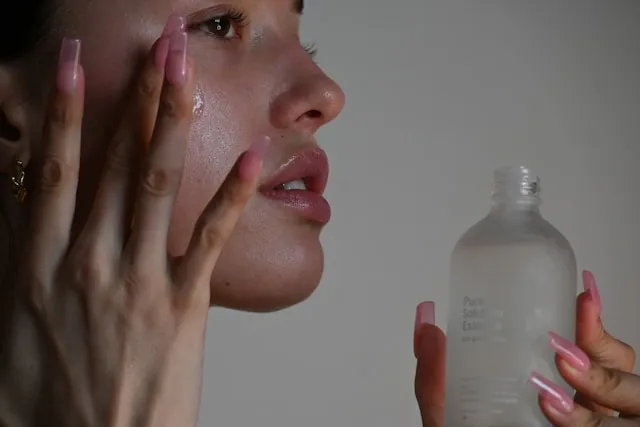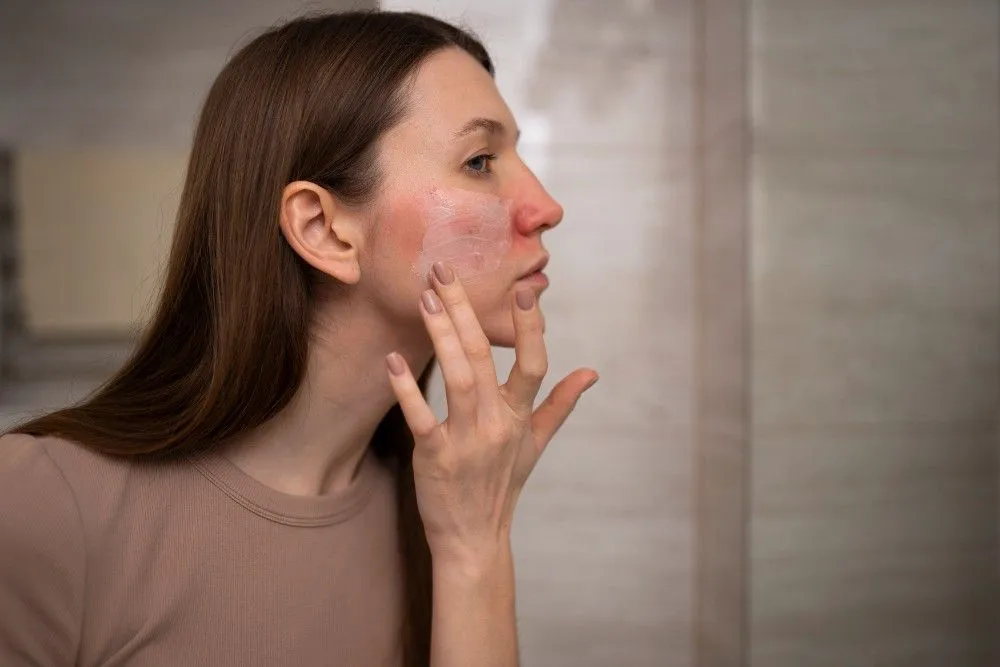The overall impression of people depends on the appearance of hair. Everyone needs perfect look but it doesn't happen always. There are ageing and certain conditions like androgenic alopecia which result in hair follicle miniaturization, it reduces the growth phase, resulting in hair loss and the formation of fine and lifeless hair.

"A healthy scalp indicates healthy hair and it is the key to prevent hair loss."
Many researchers' claims that the sphingony helps to balance the cycle of hair improve scalp health and strengthen the hair quality. Each strand of hair is formed inside a hair bulb deep in a hair follicle. These follicles are so powerful it never stops working in their lifetime. Each hair continuously grows for many years and during the period it will be conditioned, cut, shampooed, exposed to the sun, coloured and bleached. No treatment affects the hair growth in the bulb of hair. Some other possibilities may seriously damage the hair shaft. The follicle rests for a while and then starts to produce another new hair. This is called the hair cycle. To know the problem behind hair loss you need to understand the hair cycle. These can range from the sudden appearance of hairless patches to complete baldness in men, and sometimes in women too.Stages of Hair Cycle
In the hair cycle, there are three different phases such as the anagen phase, the catagen phase, and the telogen phase.
Anagen Phase
It is certainly known as "growing" phase of a hair follicle. Around 80 to 90 percent of hair on the scalp is present in this phase. During the beginning of the anagen phase, the hair follicle starts growing and it extends deeper into the skin. When a new hair bulb formed then specialized dermal papilla cells begin to grow and it comes as a new hair shaft as it happens only inside the bulb. If old hair is not shed then the new growing hair pushes out the old hair from the follicle. During Anagen, hair fibres are made through the production of keratin as well as protein. The hair follicle begins to emerge from its pore, while oil is produced by sebaceous glands to protect and condition hair. Scalp hairs grow around 1/2 inch per month during this phase as per research. This range typically comes in the period of four to six years. Doctors suggest taking vitamins that contain zinc, biotin and niacin only to increase the anagen phase. As they promote the healthy scalp and help boost the hair in this phase. You can also massage your hair with coconut oil, argon oil as well as castor oil.Catagen Phase
In the catagen phase, follows the anagen phase, in this, hair stops growing and started shrinking the hair follicles. This is known as "regression" period. Around 1%-2% of your hair is in this phase. This catagen phase lasts for between two and four weeks in the human scalp and no pigment is made during that time, and the follicle stops producing hair. The base of the follicle moves upwards towards the surface of the skin.Telogen Phase
The telogen phase lasts for three or four months and up to 15 percent of hair is in this phase. This is the time at which a new hair begins to grow from the hair follicle. As it grows upwards the old hair will be shed naturally or may be pulled out, which happens easily and painlessly with telogen hairs. These are the hairs that come out when you shampoo or brush your hair. Shedding is part of the normal process of the replacement of old hair with new. At any one time, around one in ten of the follicles on an individual's head are in the shedding phase. The new hair emerges from the same opening at the surface of the skin as the old one, and the hair cycle begins again. Telogen lasts around 3 to 4 months.Some Important Facts About Hair
- Around 100,000 hair follicles carry a human head.
- Over a lifetime, each follicle can grow many hairs
- Not all follicles hair grows at one time. Some go under rest phase or underactive growth. The hair growth cycle varies with the individual.
- The hairs on an adult scalp do not grow in unison, as they do in an unborn baby. They are 'out of cycle' with each other. If this were not so, everyone would go temporarily bald from time to time.
- Plucking a hair from a follicle brings forward the next period of hair growth in that follicle.
What controls hair growth cycle?
There are many factors which control the growth of hair. Apart from hormones and genes chronic illness also affects hair growth cycle. Doctors and researchers believe that nutritional factors are also important for healthy hair growth. We also know that serious Anemia affects hair growth too. As people grow older the period of anagen shortens. Generally, people who go on a crash diet may start to lose their hair some six to ten weeks later. Many alcoholics have poor hair growth or even hair loss because their way of life tends to lead to malnutrition. Due to poor lifestyle, many people are going bald and they fall on the trap of home remedies which is not really useful. But a person who is bald and suffering from massive loss can go with Hair Transplant India. As India is the biggest know place for best hair transplant. Many people from abroad visit India for their hair restoration. Many renewed doctor provide a very good result in effective price. About The Author Manistha Jain is a passionate blogger with the Rejuvenate Hair Transplant. She wrote about beauty tips related to Hair Care and Hair Transplant. Her blog is a great place to get the buzz on Haircare and Hair Transplant. Read Also: 10 Side Effects Of Hair Transplantation You Should Be Aware Of
Reviewed by







